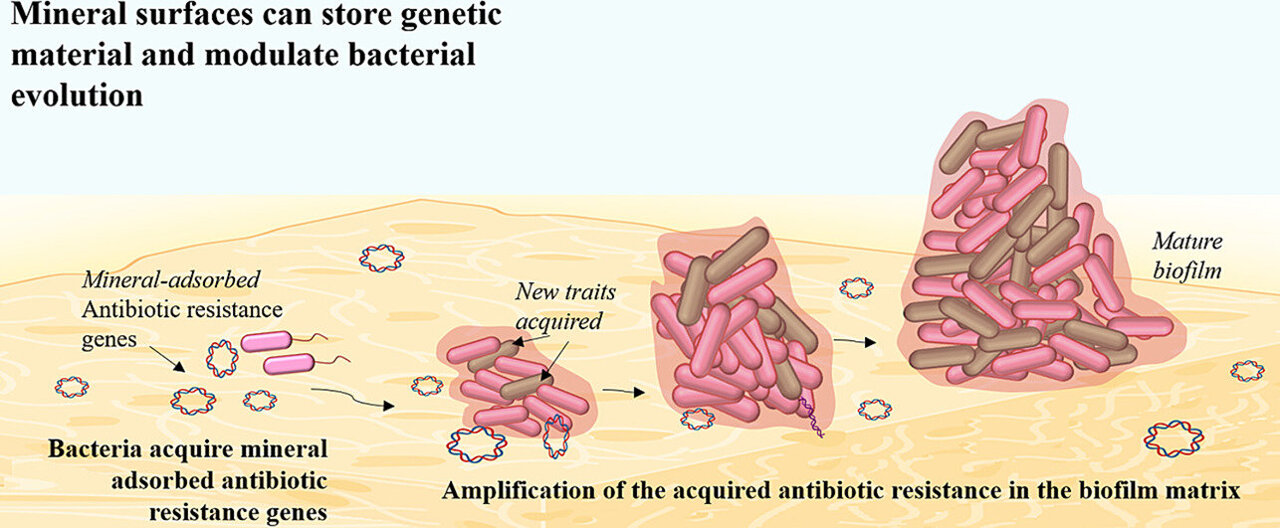Silent Invaders: How Antibiotic-Resistant Bacteria Hitchhike on Mineral Surfaces

Picture a serene Danish coastline, where golden sands stretch out beneath an expansive sky and gentle waves caress the shore with rhythmic precision. The scene appears tranquil and pristine—a postcard-perfect moment of natural beauty. Yet, lurking just beneath the surface, an unseen environmental challenge threatens this idyllic landscape.
Denmark's stunning beaches, renowned for their picturesque charm, are silently battling an invisible invasion. What might seem like a perfect seaside paradise harbors a complex ecological story waiting to be uncovered. The seemingly pristine shoreline holds secrets that challenge our perception of environmental harmony.
As the waves continue their timeless dance against the shore, they carry with them a narrative of environmental change, resilience, and the delicate balance between human activity and natural ecosystems. Each smooth pebble and grain of sand tells a story of transformation, reminding us that beauty often conceals deeper, more intricate realities.
